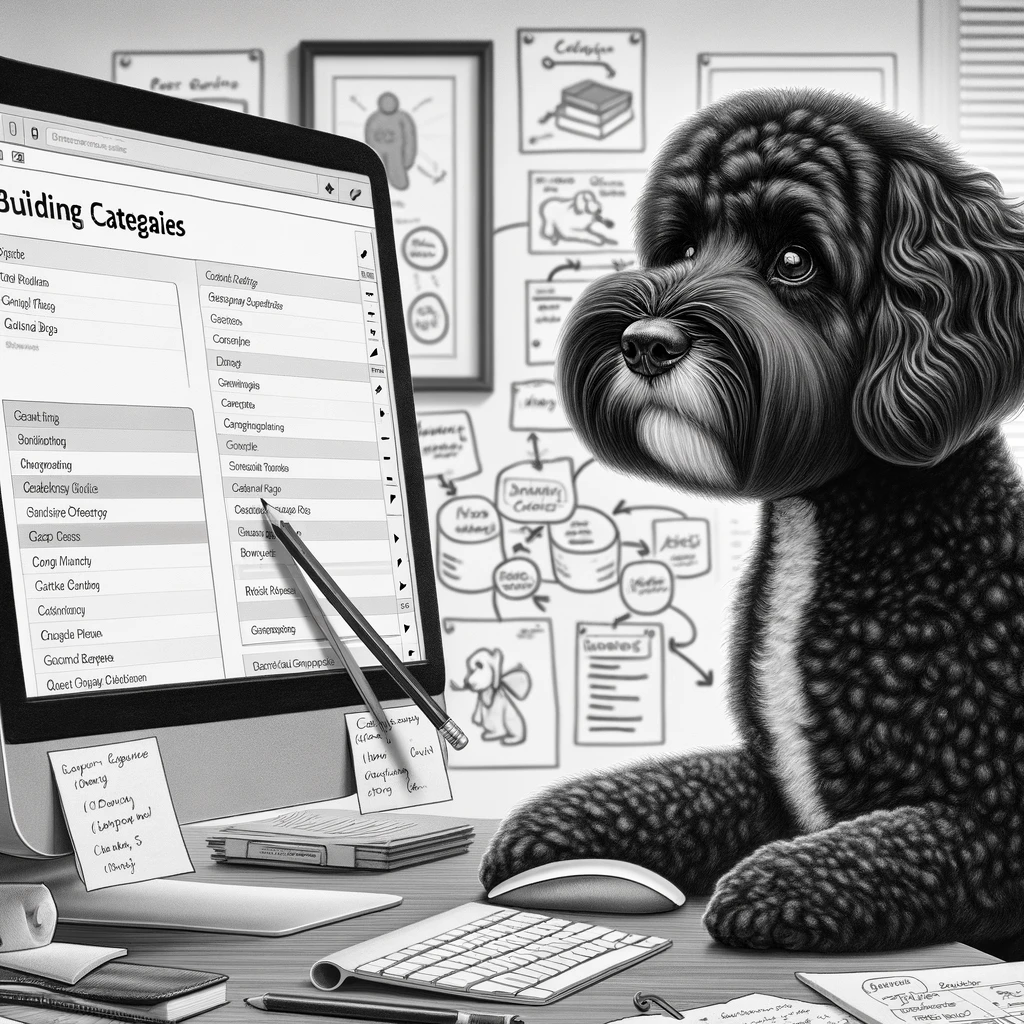Understanding WordPress Categories
In WordPress, categories serve as a fundamental organizational tool that enables a systematic grouping of content, which aids in better navigation and content management.
Defining Categories and Taxonomies
In WordPress, a category is an essential element of the system’s taxonomy—a means to group and classify content. Taxonomies are divided into categories and tags by default, with hierarchical categories. WordPress users can create parent categories, with child categories nested beneath them, allowing for a structured and organized grouping of posts.
Hierarchy and Structure
The hierarchical nature of categories in WordPress allows them to be organized in a tree-like structure. Parent categories encapsulate broader topics, while child categories are more specific. For example, under a parent category like “Technology,” one might find child categories such as “Mobile Devices” and “Gadgets.” This progressive organization makes it simpler for users to sort and navigate through various topics on a WordPress site.
Creating and Managing Categories
Users can add new categories from the WordPress dashboard by navigating to Posts > Categories. To create a hierarchy, one must simply enter a name and, if necessary, choose a parent category. Every post in WordPress is filed under at least one category. The default category is “Uncategorized,” but users have the option to rename or delete it and create custom categories that reflect the site’s content. Managing categories also involves being able to sort posts and often reorganize content as a site evolves.
Integrating Categories into WordPress Content
Proper integration of categories into WordPress content can significantly enhance user experience and site organization. They enable readers to navigate through posts effortlessly and bolster SEO efforts.
Enhancing Navigation and Accessibility
Categories in WordPress play a pivotal role in improving site navigation and accessibility. By organizing posts under relevant topics, they allow users to find content swiftly. A thoughtfully structured navigation menu, featuring categories, ensures that visitors can browse through different sections without confusion. Additionally, incorporating categories into the sidebar of a WordPress site helps readers to explore related posts, enhancing their on-site experience.
Display Options and Widgets
WordPress users can showcase categories using various display options and widgets. Widgets can be positioned in sidebars or footers to list categories, making them constantly accessible. Moreover, designers can utilize menus to display categories as drop-down lists or tabs. The archive page is another useful feature, aggregating all posts from a specific category for easy user access.
SEO Optimization for Categories
Optimizing categories for SEO is crucial in aiding search engines in indexing and understanding a website’s content. Display categories should be named clearly and focus on keywords relevant to the posts they contain. A well-optimized category improves visibility on search engines, which can lead to increased traffic and better user experience. It’s recommended to include informative category descriptions incorporating focal keywords to further define the category’s purpose.
Advanced Category Management
In WordPress, advanced category management involves streamlining work processes, integrating import tools, and leveraging customizations. These actions enable a more efficient and tailored use of categories within the WordPress content management system.
Bulk Editing and Quick Actions
Administrators often need to update multiple categories simultaneously, which is where bulk actions come into play. On the dashboard, selecting several categories allows for changes to be applied en masse, such as adjusting permalinks or setting slugs. Quick edit also provides a shortcut to modify category details directly from the category list, bypassing the full editor to save time.
Conversion and Import Tools
Sometimes, it’s necessary to convert categories to tags or vice versa. WordPress includes tools in the dashboard under the tools section for this purpose. Additionally, import features can bring in categories from other platforms or WordPress sites, making migrating category pages and their structure smoother. Ensuring settings are properly adjusted in the writing section for imports to align with the existing taxonomy structure is crucial.
Customization through Plugins and Code
Plugins extend WordPress’s core functionality, providing advanced features for category management. From creating enhanced category widgets to publishing content based on specific category workflows, plugins can tailor the experience to a site’s needs. Furthermore, custom code can be added to a WordPress theme to alter the display of category pages or modify category permalinks. This type of customization requires a clear understanding of both the site’s objectives and coding best practices.













